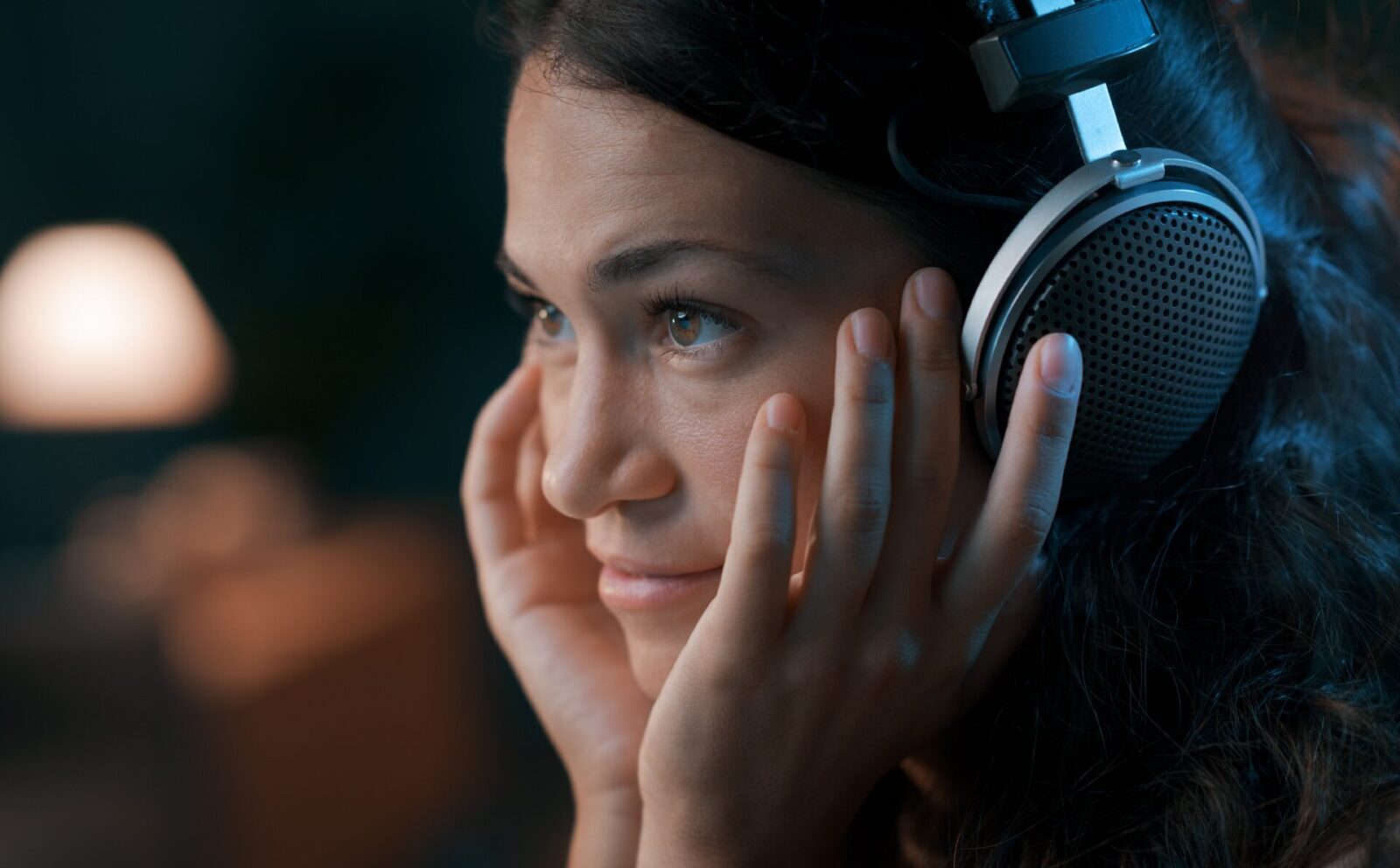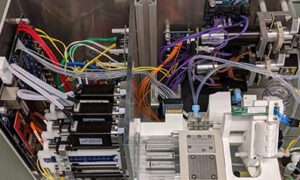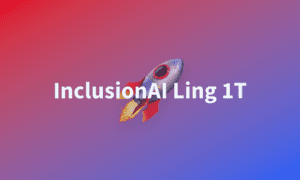In the world of consumer electronics, sound has often been treated as a secondary feature. For decades, the focus was on visual fidelity, processing power, and miniaturization. However, in today’s landscape of hybrid living, where remote work, digital entertainment, and immersive experiences dominate, sound has emerged as one of the most transformative frontiers of technology. The convergence of advanced electronics with next-generation audio is not only reshaping devices but redefining the way humans interact with the digital world.
From Hardware-Centric to Experience-Centric
Historically, the electronics industry placed emphasis on hardware performance: sharper displays, faster processors, sleeker builds. However, consumers are increasingly measuring value through experiences. A laptop with studio-quality microphones can now outperform one with marginally better processing speeds in the eyes of a podcaster or content creator. Similarly, headphones are no longer simply about portability; they’re about active noise cancellation, adaptive EQ, and AI-driven personalization. This evolution signals a new shift: sound is no longer a supporting role—it is the core of how users experience electronics.
The Role of AI in Sound Engineering
Artificial intelligence is driving the forefront of sound innovation. Modern earbuds, for instance, are now equipped with AI algorithms that dynamically adapt to ambient noise, user preferences, and the type of content being consumed. Beyond music, this has implications for accessibility. AI-driven sound tuning can help the hearing impaired experience clarity in everyday conversations. Devices that “learn” their users’ listening patterns are merging electronics with deeply personal experiences, building an entirely new dimension of tech loyalty.
Sound as a Bridge Between Human and Machine
Voice-first interfaces are another area where electronics and sound intersect in a powerful way. Smart speakers, wearable tech, and even vehicles are leveraging advanced microphones and natural language processing to build more intuitive human-machine interactions. The quality of these audio electronics determines the ease with which people interact with technology, whether it’s controlling home appliances hands-free or dictating commands while driving.
“Audio electronics are no longer an accessory to technology; they’re becoming the interface itself. The quality of sound now dictates how seamless our interaction with tech feels,” says Lynn Sophia, Tech Lead at FreSound.
The Ethical Side of Sound Innovation
This shift also raises important ethical questions. With microphones embedded in nearly every device, from smartphones to refrigerators, consumer privacy is a growing concern. While predictive algorithms can personalize sound experiences, they also open the door to data misuse if not carefully regulated. Electronics companies must now balance innovation with transparency, ensuring consumer trust is not lost in the pursuit of better sound.
Beyond Entertainment: The Future of Sound Tech
Perhaps the most fascinating aspect of this convergence is its potential beyond entertainment. Medical electronics, for example, are incorporating sound technologies for therapies such as tinnitus treatment or speech rehabilitation. In education, audio electronics powered by machine learning can assist language learners by analyzing and correcting their pronunciation in real-time. Even in safety applications, predictive audio sensors in smart cities can detect anomalies, such as breaking glass or distress calls, before visual cues appear.
Closing Thoughts
The blending of tech and sound is no longer a niche development—it is the next frontier of consumer electronics. What was once just an add-on feature has become the defining aspect of user experience, bridging functionality, accessibility, and emotional connection. Over the next decade, sound-driven electronics will not only enrich entertainment but also redefine healthcare, education, and human-machine interactions in everyday life.
In this new age, technology will not just be seen—it will be heard, felt, and experienced as an extension of ourselves.



































